澳大利亚国立大学(Australian National University)的研究人员正在研究如何利用氢原子来改善钝化接触太阳能电池掺磷多晶硅(poly-si)薄膜的性能。
科学家们相信,在掺磷多晶硅层中,氢原子可以被操纵用来提高钝化接触结构的质量,因而他们将氢原子应用于电池的表皮层,这一层的厚度比人类的头发薄1000倍,能发出非常独特的光。研究人员很快意识到,氢原子的存在极大地改变了这种光的特性——它能“提供被用来了解皮层内部情况的信息。”
科学家们的研究论文发表在《应用材料与界面科学评论》上。报告中写道,包括透射电子显微镜(transmission electron microscopy)、能量色散X射线光谱(energy-dispersive X-ray spectroscopy)、低温光致发光光谱(low-temperature photoluminescence spectroscopy)、准稳态光电导(quasi-steady-state photoconductance)和傅立叶变换红外光谱(Fourier-transform infrared spectroscopy)等在内的各种表征技术均可用于实验。研究人员称,初始钝化质量较低的电池从350μs提高到2.7 ms,从668 mV提高到722 mV。
在自然界中,氢通常以分子形式存在——两个原子结合在一起。研究小组通过在皮层上放置另一种含有大量原子氢的材料来解决这一问题,然后通过将样品简单加热到400摄氏度,把单个的氢原子推入皮层。
科学家们表示,这一新发现可能会带来硅太阳能电池更强劲、更高效的发展,甚至有可能取代传统的电池技术。
This content is protected by copyright and may not be reused. If you want to cooperate with us and would like to reuse some of our content, please contact: editors@pv-magazine.com.




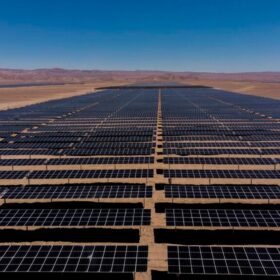
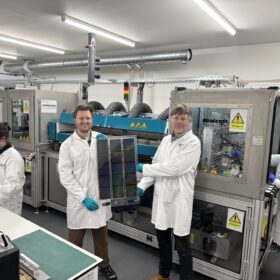

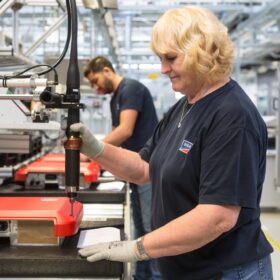
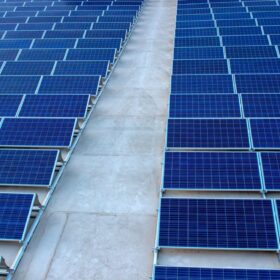
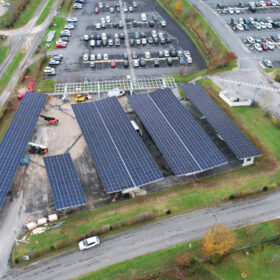
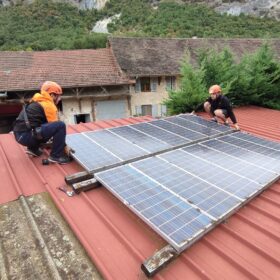
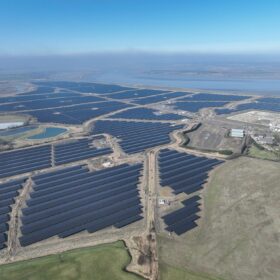


By submitting this form you agree to pv magazine using your data for the purposes of publishing your comment.
Your personal data will only be disclosed or otherwise transmitted to third parties for the purposes of spam filtering or if this is necessary for technical maintenance of the website. Any other transfer to third parties will not take place unless this is justified on the basis of applicable data protection regulations or if pv magazine is legally obliged to do so.
You may revoke this consent at any time with effect for the future, in which case your personal data will be deleted immediately. Otherwise, your data will be deleted if pv magazine has processed your request or the purpose of data storage is fulfilled.
Further information on data privacy can be found in our Data Protection Policy.